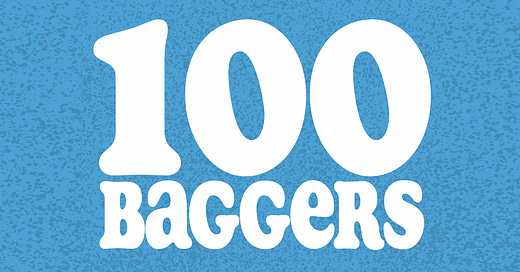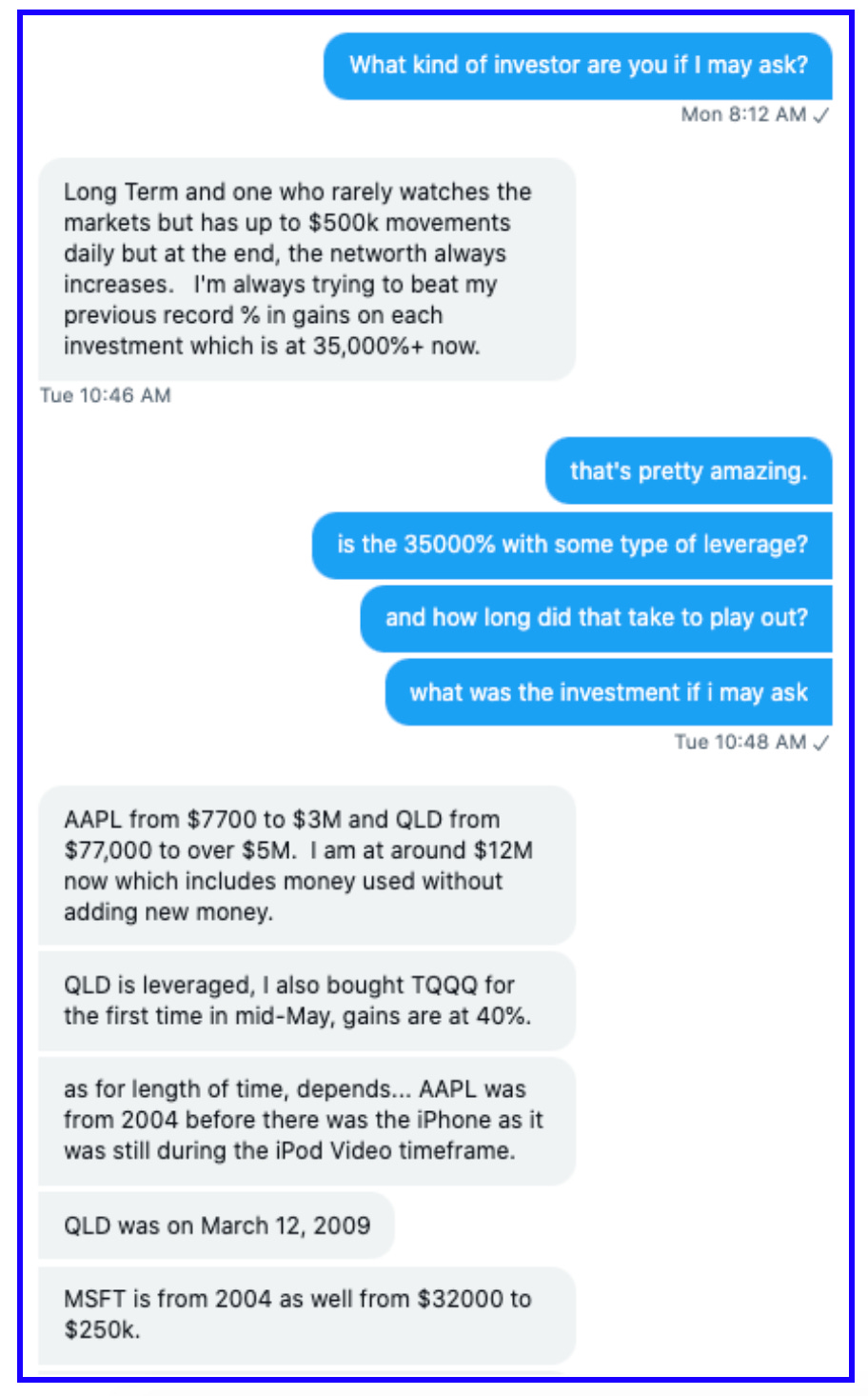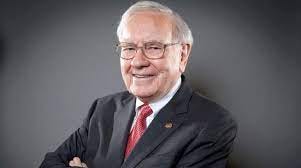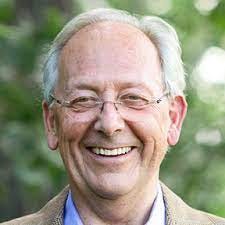❤ If you enjoy this post, help more people find it by clicking the heart up top. Thanks
I am a fan of the Coffee Can Portfolio, an “Active Passive” approach to investing.
The idea of a Coffee Can is simple: Buy a basket of the best stocks you can and let them sit for years. You incur no costs with such a portfolio, and it is simple to manage.
You can follow and track my stock baskets here, on my Performance Scorecard.
To win at investing, you either have to do something others aren't able to do, or do something others aren’t willing to do. The second seems much easier. In today’s fast paced world, most investors find it hard to be patient. As a result, patience may just be an investor’s greatest edge.
Over the past couple of years, I’ve been fortunate to connect with some very interesting people online. Some of them happen to be great Coffee Can investors. They’ve used the Coffee Can approach to achieve wonderful success in the stock market. In fact, a few have achieved the much coveted 100-bagger!
Today, I’ll share a few real-life examples of successful Coffee Can investors, and what they have in common.
Some of these investors are very public, while others are private (we will keep it that way).
Investor 1: Let's Call Him Bob
Here’s my conversation with Bob.
That $50,000 would have been worth $20-$25 million by the end of 2010. That’s a 4-500X!
And the shares have nearly tripled since then.
So, who is the smart one? Bob, or his friend?
It’s unclear whether Bob also invested in Coca Cola...
Investor 2: Let's Call Him John
What stood out to me:
John almost never sells.
John ignores markets for long periods of time.
As he goes about living his day to day life, John stays curious about his surroundings.
John is perfectly ok if an investment goes to zero. He doesn’t let that bother him. What he fears instead is missing the next big winner. (Like I’ve said before, the most you can lose with a stock is 100%, but you can make multiples from a winning stock.)
Investor 3: Let's Call Her Mary
Mary’s another Apple millionaire, turning $7700 into a whopping $3 million dollars, a 389X!
It’s amazing to hear that Mary rarely watches the markets but is perfectly willing to take sizable bets after significant market crashes, a dangerous (in a good way) combination!
Investor 4: Warren Buffet
Of course, Warren Buffet requires no introduction.
That said, Warren is a closet Coffee Can investor: His “favorite holding period is forever”.
Buffett has had multiple 100 Baggers. Here are but a few:
He bought See’s Candies for $25 million. In 2019, this business had generated well over $2 Billion in pre-tax income. Yes, that’s just an 80X, but the business continues to be a strong one, and the profits have been diverted into other business.
He bought Coca Cola over 30 years ago. The investment is up, way more than 100X.
American Express and Wells Fargo have been wonderful winners over long time periods as well.
Buffett says that you can always find reasons not to buy something...but
“in the end, what counts is buying a good business at a decent price, and then forgetting about it for a long, long, long time.”
In the video below, Buffett highlights that:
“If you’re right about the business you’ll make a lot of money.
That factor, soooo overrides anything else…
For the wonderful business, you can figure out WHAT will happen; You can’t figure out WHEN it will happen. You don’t want to focus too much on when. You want to focus on what. If you’re right about the what, you don’t have to worry about the when very much.”
Investor 5: Tencent
Tencent’s capital allocation strategy is similar to Buffett’s: to invest and decentralize.
Tencent has made thousands of private company investments over the last 20 years. In just the first half of this year, they did over 50 deals!
Tencent hardly ever sells or divests investments but instead, keeps adding more...and more...and more…
Tencent’s public company holdings at the end of June 2021 were worth $238 Billion!
Source: [Link]
Now, that’s what you call a modern coffee can portfolio!
Investor 6: Chuck Akre
Chuck Akre also has multiple 100 baggers under his belt. Two that I’m familiar with are American Tower (AMT) and Berkshire Hathaway (BRK).
In 2011, Akre gave a fantastic speech titled “An Investor’s Odyssey: The Search for Outstanding Investments”, where he talked about a great book which inspired him. The book was called “100 to 1 in the Stock Market,” authored by Thomas Phelps. Chris Mayer has recently popularized this notion of 100-Baggers.
Akre implements Phelps’ ideas in his “three-legged stool investment framework”. Invest in:
Businesses that have compounded value per share at very high rates
Business that employ highly skilled managers who have a history of treating shareholders as partners; and
Businesses that can reinvest free cash flow in a way that continues to earn above-average returns.
Here’s a nice talk Akre gave at Google, titled “Trying to Solve the Investment Puzzle.”
Investor 7: Voya Corporate Leaders Trust
The year was 1935. FDR was in the White House. Babe Ruth was a Yankee. And the Dow was trading around 100. It is at this time, the Voya Corporate Leaders Trust bought equal amounts of stock in 30 major U.S. corporations.
Guess what? They haven’t picked a single new stock since! That’s more than 85 years of compounding...a true coffee can.
I’m not sure if there’s data going all the way back to 1935, but according to the trust’s 2018 Form S-6, $10k invested in 1941 would have been worth around $21,500,000 at the end of 2018.
That’s 2150X!
Interestingly, that’s <10% CAGR. Is that impressive? You be the judge.
Nineteen of the original stocks still remain in the portfolio in some form. But many of these have morphed through mergers and acquisitions. This is what the portfolio looks like today.
Investor 8: Dr. Herbie
Herb Wertheim, aka Dr. Herbie, is a self-made billionaire worth over $2 Billion.
His fortune comes from a result of two things:
He started a successful business that does about $10 million/yr in profit.
Over his lifetime, Herb continuously redirected his business profits into stocks.
“You take what you earn with the sweat of your brow, then you take a percentage of that and you invest it in other people’s labor,” says Wertheim.
“My goal is to buy and almost never sell.”
The Microsoft shares he bought during the IPO, which have been paying dividends since 2003, are now worth more than $160 million (as of 2019).
His 1.25 million shares of Apple, some purchased during its 1980 IPO and some when the stock was languishing at $10 in the 1990s, are worth $195 million (as of 2019).
Not all of the hundreds of stocks he has owned have fared so well.
But does it matter?
Of course not.
There’s a lesson in that.
So What’s Common Amongst Them All?
#1 Patience:
To make this type of money in stocks you must have “the vision to see them, the courage to buy them and the patience to hold them” -- George F. Baker
According to Thomas Phelps, author of “100 to 1 in the Stock Market,” patience is the rarest of the three.
All of the above investors are clearly extremely patient. And they believe in the future upside of the stocks they’ve purchased, no matter how much they’ve already profited.
Could you have been as patient as any of the people above?
#2 A Simple Investment Thesis:
The investors above did not use overly complex excel models to invest. Instead, they invested based on a simple thesis.
Here is what Mary said when I asked why she invested in Apple:
Here is what Chuck Akre said about why he invested in American Tower (AMT):
What did we see?
We saw a basic business model in its simplicity, which is more towers, more tenants per tower, and more rent per tenant.
What else did we see?
Well we saw that tower level... margins were about 90%. We saw that cash flow margins were approaching 50%.
I believe his 2nd 100 bagger (Berkshire Hathaway) was simply a bet on Warren Buffet.
#3 Smaller Is Better Than Bigger:
The law of large numbers is certainly harder to overcome as a business gets bigger. This is not to say that large businesses cannot 100X. There simply are fewer of those. Betting on smaller businesses gives us better odds. Plus, if the business is small, it is perhaps more likely to not be taken as seriously by many investors.
Here’s an article I wrote making the case for investing in smaller companies:
#4 The Amateur vs. The Professional:
It’s interesting to note that this list of investors is not made up only of investment professionals. It is a good mix of both.
In fact, if I had to guess, there are many more unknown amateur investors out there who have successfully achieved the much coveted 100 Bagger, compared to the number of professionals who have done so.
The stock market can be a wonderful wealth equalizer. And the beautiful thing is that you don’t need anyone’s permission to participate in it. All you need is a brokerage account, some savings, and your own conviction.
Investor 9 (Bonus): How Can We Forget Forrest Gump?
Speaking of amateurs :)
Have You Personally Experienced a 100-Bagger?
If yes, do tell me about it.
If not, that’s ok too. It’s hard, and not a requirement for success in the stock market.
❤ I hope you enjoyed this article. If you did, do like it by clicking on the heart above, and please share it with a friend, they may like it too!
If you’d like to connect with me, sign up for Office Hours here.
Thank you and Happy Investing!
If you’re New to Playing For Doubles
You can read more about my Investment Philosophy here:

















